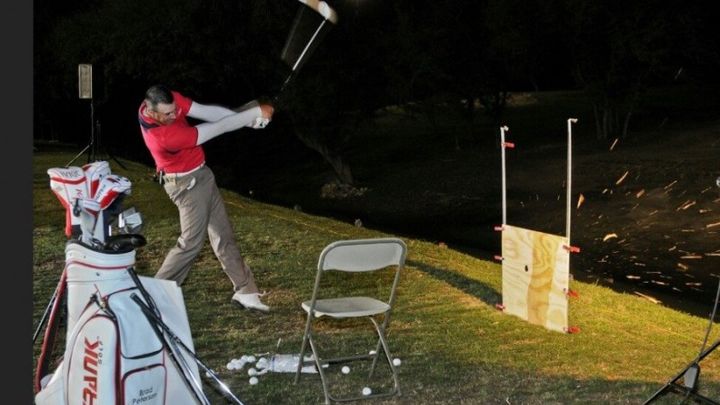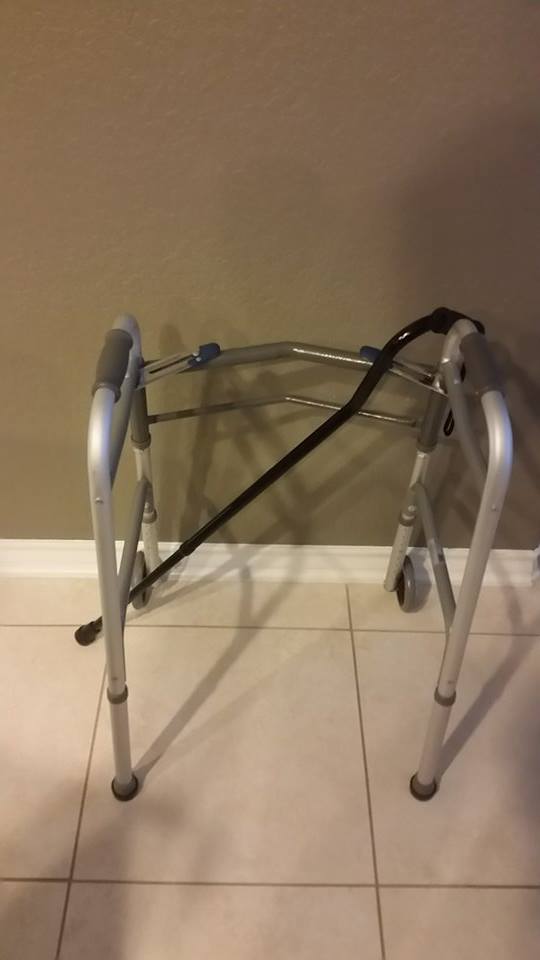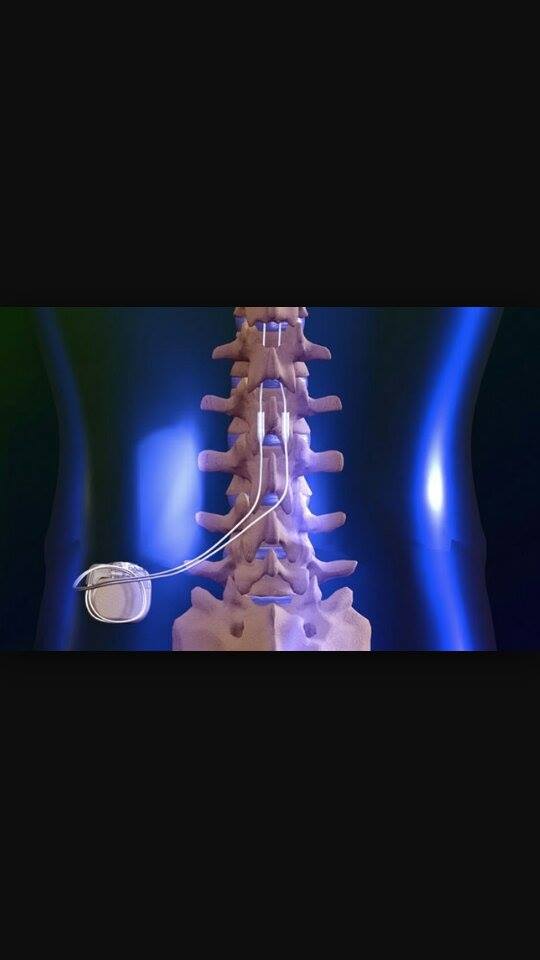
Brad Peterson Spine Surgery Fund
Donation protected



OPEN LETTER to Friends and Supporters of Brad Peterson
On some days, when he can gut through the pain, Brad Peterson can drive a golf ball farther than almost anybody else in the world. On other days, his 8-year-old daughter, Julianna, can hit it past him. And she can barely nick the ball off the tee.
Those are the bad days, the ones when he can’t even sit or stand, the ones when he wonders what is going to happen to him and family. Especially when those days stretch into weeks, as they did in April 2013. That period ran 17 days. Or like the next April when they ran 10 days. He got off easy last September: only 6 days. Brad calls these miserable periods “episodes.”
How bad are they? Says Brad, “They completely disable me. If I had to save my baby, and she was 20 feet away, I physically could not move to get her. And that scares me more than words can say.”
The episodes hit without warning, delivering a sudden, stabbing shock that sends him crumpling to the floor. Brad says, “I literally fall down like a sniper's shot me, and believe me, I’m down.” The episodes are not only incredibly painful, they are also costly: the last three caused him to miss important celebrity events that would have paid him thousands of dollars.
That kind of down time—the kind when you have to use either your walker or your cane to get from the bed to the bathroom—would jar anyone. But when you’re only 34 and you’ve made a career in professional long driving—a career that includes more than 30 event wins, more than 5,000 drives of 400 yards or more, and almost $800,000 raised for charity—the thoughts become even darker. Thoughts like what the hell is happening to me, and what if it doesn’t end this time, and how am I going to support my wife and children.
Brad knows the problem—finally. It took him almost 20 years and more doctors than he can count to find out. It’s a lower back disease as ugly as its name: spondylolisthesis. Specifically, L5-S1 Isthmic Spondylolisthesis.
Here’s what that mouthful means. The lowest vertebrae (the “L5”) of his lumbar spine (the part that connects to the pelvis and accepts the body’s heaviest loads) has slipped forward onto the first joint (the “S1”) of his sacrum. This has caused the L5 vertebrae to pinch the nearby nerve roots (the “spondylolisthesis”). Why did this happen? The L5 vertebrae is fractured (the “Isthmic”). Brad managed to do that 20 years ago playing basketball, and the pain hasn’t stopped since.
All this causes big trouble: back spasms, pain that radiates into his legs and feet, numbness, balance problems, and more. Brad lost total feeling in two of his left toes several years ago. At night, he can’t feel anything from the knees down. Even on his good days, he’s in tremendous pain, and not one of those good days goes by without him having to reach out and grab something, anything—a chair, a door, a kitchen counter—just to keep his balance. So what’s the cure?
There is none.
Well, maybe one: a lumbar spinal fusion. But that procedure is controversial, complicated, and costly. It also requires up to a year of recovery time and has a success rate, in cases like Brad’s, of only about 10 percent. No deal.
With no chance of cure, the best Brad can hope for is relief from the episodes and his constant pain. He’s traveled all the non-surgical roads: physical therapy, anti-inflammatories, and painkillers (oral and injected with 4-inch needles). Nothing works, at least not for more than a day or two, and then not very well.
That brings us back to surgery, but this time with a new approach: a surgery that doesn’t fuse the spine; instead, a surgery that attempts to fool the nerves. It fools the nerves into thinking that nothing’s really wrong. Thinking everything’s okay, the nerves don’t send out the pain. Goal achieved.
Medtronic, Inc. makes a stimulator that does the nerve fake-out. The plan is for the doctors to insert the device into Brad’s body and attach its 32 leads—the maximum—to the surrounding nerves. After a short recovery, Brad should be able to live a life relatively free of pain, a life he hasn’t known since he hit the floor of that basketball court 20 years ago.
Two in-hospital surgeries are needed. The first takes about three hours to do all the hookups. The device remains outside his body, allowing the doctors to monitor the results and make adjustments. This trial period lasts 3-5 days. Assuming the trial is successful, the doctors will immediately schedule the second surgery to implant the stimulator. Once that’s done, Brad should be good to go for the next 20 years or so.
The operations are very expensive. Together, they cost about $35,000. It took almost a year of red tape to get approval from Brad’s insurance company, Blue Cross/Blue Shield. They had to be convinced—medical histories, doctors’ statements, the works—that the operations really are Brad’s last resort. And they are. Finally, the company agreed.
Still, after deductibles, co-pay, and related post-operative expenses, the shortfall will be almost $10,000. The extreme pain of the last few years has cost Brad tens of thousands of dollars of annual income and drained the family reserve fund. There’s nothing left.
Figuring in GoFundMe’s fees, we need to raise $11,000 to free Brad from his life of pain and restore his career. The first surgery is today, April 27. There will be no second surgery if we don’t help. Brad, Jessica, Julianna, and Brooke are depending on us. Please donate as you can.
Thank you.
Lynn Blake
Eatonton, GA
April 27, 2015
Organizer and beneficiary
Lynn Blake
Organizer
Eatonton, GA
Brad Peterson
Beneficiary